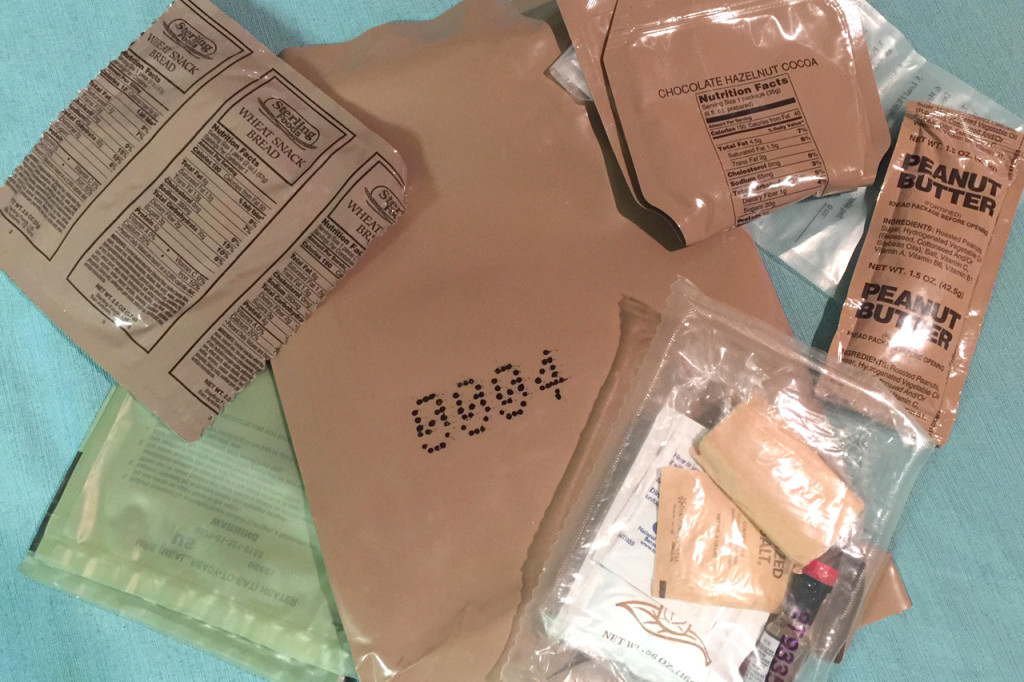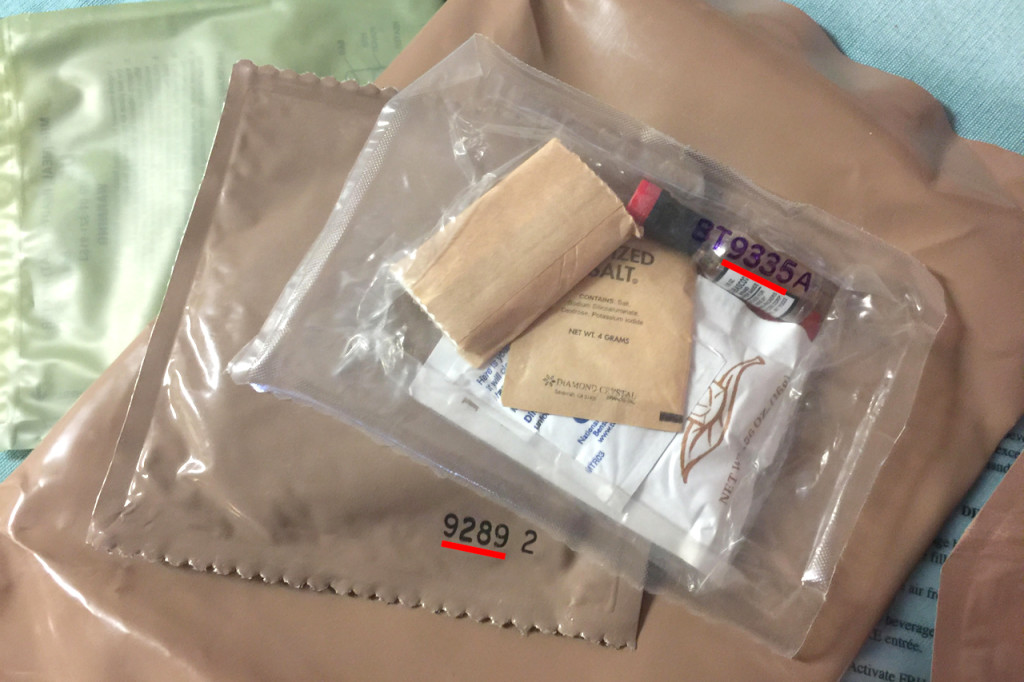Offgrid Preparation MRE Date Codes
MREs, or Meals Ready to Eat, are a staple for American military servicemen and women worldwide. As many of you know, they’re also a well-known choice for disaster preparedness, due to their compact packaging, relatively long shelf life, and calorie-dense contents. However, if you haven’t had much hands-on experience with MREs, you may not know how to check their packaging date. It’s not labeled in the standard MM/DD/YY format found on most consumer goods, and you might not recognize it if you don’t know what to look for.

First of all, why does it matter if you know an MRE’s packaging date—they last practically forever, right? Well, no, actually. When stored in ideal 50-degree conditions, most modern military-grade MREs have a claimed shelf life of approximately 60 months (5 years). At a more realistic 80 degrees, this lifespan drops to just 36 months (3 years). Some old-style MREs from the 1980s and ‘90s contained freeze-dried elements that increased shelf life to 10 years or more, but modern MREs are not freeze-dried and do not last as long. Knowing the packaging date on MREs (and the components inside) will help you to determine if they are still safe to consume. However, note that depending on storage temperature, manufacturing date, and ingredients used, certain MREs and components may go bad faster than others—so, only consume borderline expired MREs at your own risk.


Now, let’s get to the actual dates. Standard military MREs will have a four-digit code either printed on the bag’s exterior or stamped/embossed into its seam. In the MRE pictured here from SoPakCo, it was printed clearly on the back: 0004. This is a format called the Julian date code, simplified as YDDD. The first number is the year of packaging, in this case, 0 denotes 2010. The next 3 numbers are the day, with 001 indicating January 1st and 365 indicating December 31st. So, in the case of our SoPakCo MRE, the 0004 date code means it was packaged on January 4th, 2010. We know it was stored in 70-80 degree conditions, so according to official guidelines this should be considered expired by a year or two. However, that doesn’t necessarily mean it’s inedible—we tried the Carrot Pound Cake inside, and although it tasted a bit stale, we didn’t notice any ill effects from eating it (again, only try this at your own risk). Before 2003, date codes weren’t labeled on MREs’ exterior bag, so the only sure-fire way to date pre-2003 MREs is to open them and check the dates on interior components.

Now that we mention the interior components, you’ll notice they also feature the same YDDD date format, and that the components will all have dates slightly earlier than the exterior 0004 date. The dates on contents of this SoPakCo MRE ranged from 9289 to 9335. In normal format, that’s October 16th, 2009 through December 1st, 2009.
There’s a lot more to be said about MREs, but this should give you the information you need to at least determine if they’re relatively safe to eat. Bon appetit!
 STAY SAFE: Download a Free copy of the OFFGRID Outbreak Issue
STAY SAFE: Download a Free copy of the OFFGRID Outbreak Issue
No Comments